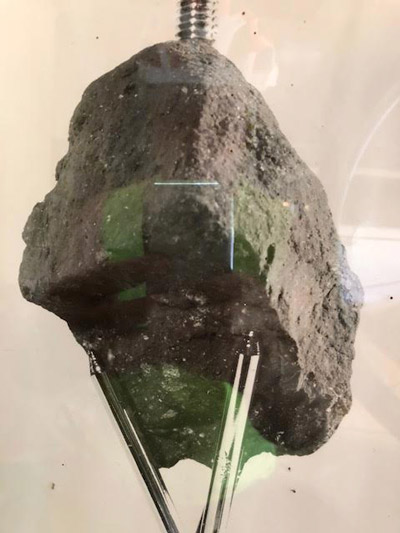
This research – which has helped us to understand the makeup and origins of objects within and beyond our solar system – stems from the Lab’s long-standing core capabilities and credentials in structural and chemical analyses and measurement at the microscale and nanoscale.
The Foundry participated in a recent study, published June 11 in the Proceedings of the National Academy of Sciences, focused on the chemical composition of tiny glassy grains of interplanetary particles – likely deposited in Earth’s upper atmosphere by comets – that contain dust leftover from the formative period of our solar system.
More than a decade ago, NASA’s Stardust spacecraft mission, which had a rendezvous with comet 81P/Wild 2, returned samples of cometary and interstellar dust to Earth. Ever since, researchers have been working to study this material in detail.
In one study, published in 2015, researchers studied two comet particles using several high-resolution electron microscopes and a focused ion beam at the Foundry’s National Center for Electron Microscopy (NCEM). They found that the microscopic rocks, named Iris and Callie, had formed from molten droplets that crystallized rapidly in outer space.
Interplanetary dust particles were also the focus of a 2014 study that involved NCEM and the ALS. That study explored pockets of water that were directly formed on the dust particles via irradiation by the solar wind, and their findings suggest that this mechanism could be responsible for transporting water throughout the solar system.

